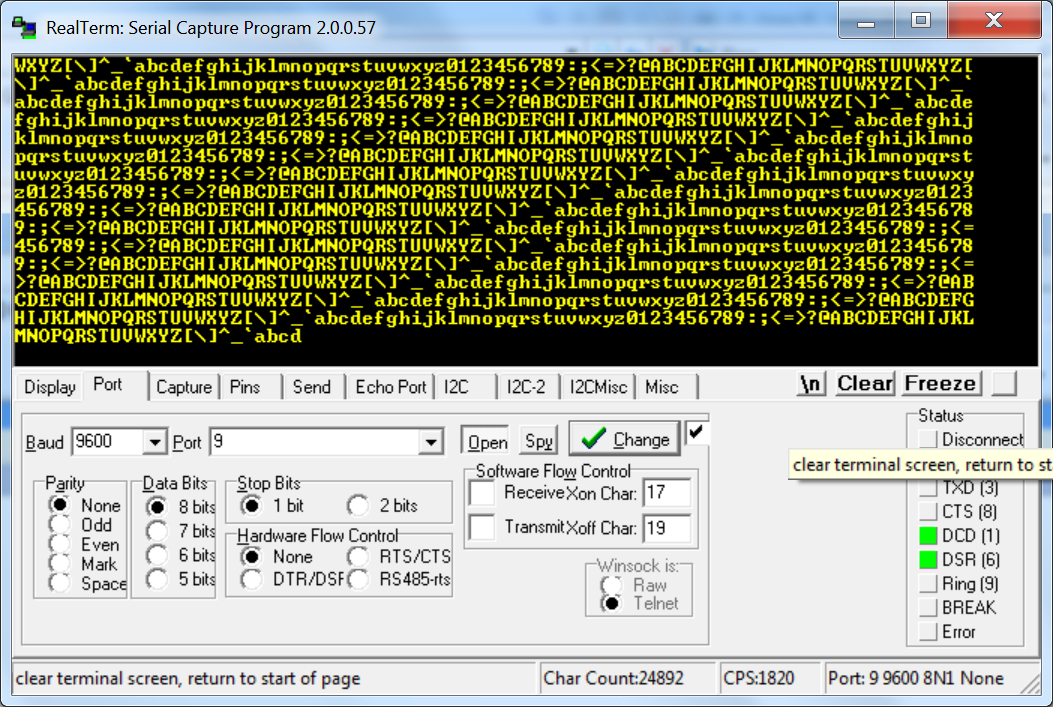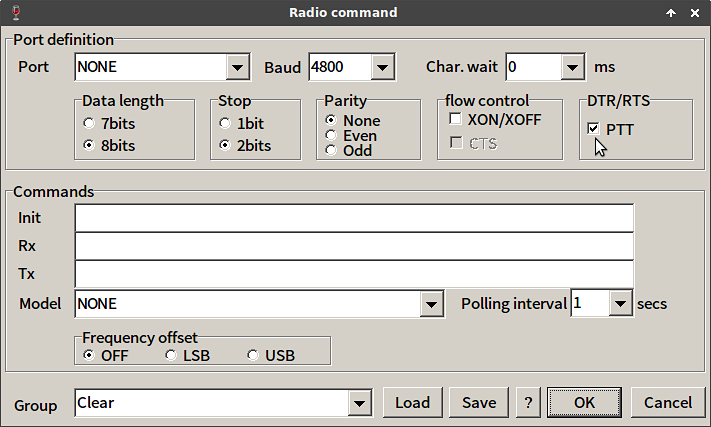Baud Port Checker Rarity
I'm trying to pick up some serial comms for a new job I am starting. I have done some reading which has helped a lot however, a lot of the reading tells you about the specification of serial comms and what everything is, but not when is best to use particular options. My searches for this information so far only seem to pull in the spec; perhaps as a novice I am searching for the wrong terms. My questions then!
Baud Rate - I have read this is signal changes per second and is often mislabelled as bits per second. Is this essentially bits per second including the frame data if asynchronous, and actually bits per second if synchronous? Parity - Even/Odd.

Is there any difference at all between the two? Avaya Phone No Ethernet To Program here. I'm thinking in terms of efficiency or similar.
Does this only still exist for compatabilities sake? Stop Bits - I have read so far you can have 1 or 2 stop bits. In C# there seems to be an option for 1.5 too.
I can't find anything on why you would want/need more than 1. If anyone can advise on these points, or point me to some recommended reading material I would be very grateful. Thanks for reading. You very rarely have a choice, you must make it compatible with the settings that the device uses.
If you don't know then you need to look in a manual or pick up a phone. Do keep in mind that it is increasing very rare to work with a real serial port device, one that uses an UART. Most commonly you actually talk to an emulated serial port, implemented by a USB or Bluetooth device driver. The settings you use don't matter in such a case since the actual signaling is implemented by the underlying bus.
If you can configure the device then basic guidelines are: • Baudrate is directly related to the length of the cable and the amount of electrical interference that's present. You have to go slower when you get bit errors.

The RS-232 spec only allows for a maximum of 50 ft at 9600 baud. • Parity ought to be used when you don't use an error-correcting protocol. It does not matter whether you pick Odd or Even. Odd people pick odd, it's their prerogative. • Stopbits is usually 1.
Picking 1.5 or 2 help a bit to relieve pressure on a device whose interrupt response times are poor, detected by data loss. • Databits is almost always 8, sometimes 7 if the device only handles ASCII codes.
• Handshaking is an important setting that never stop causing trouble since many programmers just overlook it. Modern computers are almost always fast enough to not need it but that's not necessarily true for devices. The most basic stay-out-of-trouble configuration is to turn DTR on when you open the port and to tell the device driver to take care of RTS/CTS handshaking. Xon/Xoff handshaking is sometimes used, depends on the device. A good 90% of the battle is won by implementing solid error checking.
This document may help you to solve problem you may encounter when using the Modbus Serial (RTU or ASCII) protocol with the Engiby driver on a Saia PCD® system. Note that a good knowledge. On PCD3 systems check the option Full RS232 hadshaking on port 0 in the hardware settings. Use the option Port 0 PGU if. Search metadata Search full text of books Search TV captions Search archived web sites Advanced Search.
It is almost always skimped on, bad idea. Very important for serial port devices since they have no error correcting capabilities themselves and very weak error detection.
Always make sure that you can detect and properly report overrun, parity and framing errors. And test them by getting the settings intentionally wrong. Elektra Beckum Bandsaw Bas 315 Manual Lawn.